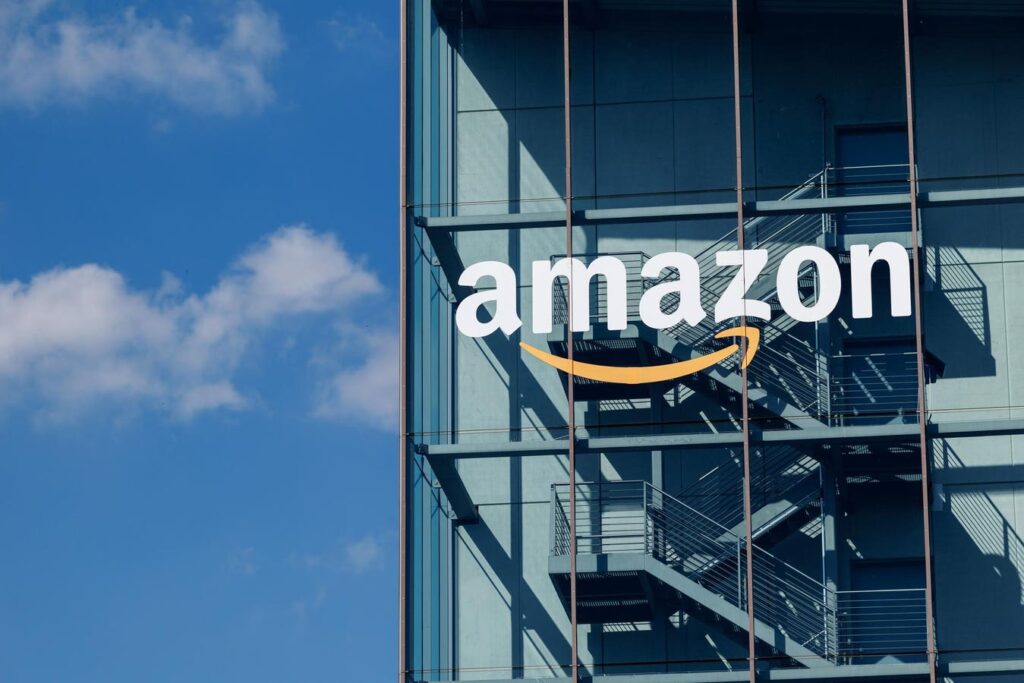Amazon stock (NASDAQ: AMZN) declined approximately 3% in after-market trading Thursday following the company’s March quarter results. While the company beat overall sales and earnings expectations, its cloud revenue came in at $29.27 billion, falling short of the anticipated $29.42 billion.
The company’s Q2 outlook presented a mixed picture. Sales forecasts of $161.5 billion slightly exceeded analyst expectations of $161.2 billion, but projected operating income of $15.3 billion fell significantly below the consensus estimate of $17.6 billion. Amazon’s management acknowledged uncertainties around tariffs but reported no current slowdown in demand. Now, if you are looking for an upside with a smoother ride than an individual stock, consider the High Quality portfolio, which has outperformed the S&P, and clocked >91% returns since inception. These kinds of diversified investment options may provide a buffer against the volatility that single stocks like Amazon could experience amid economic uncertainties.
The moderate stock decline occurs against a backdrop of increasing economic challenges. The U.S. economy contracted in Q1 2025, and President Trump’s recently implemented tariffs on key trading partners raise inflation concerns. In an environment of slowing economic growth, these pressures could lead companies to cut costs, potentially impacting cloud spending. This would negatively affect AWS, Amazon’s most profitable business segment.
Furthermore, a significant portion of products sold on Amazon’s marketplace are sourced from China. The implementation of higher tariffs would likely force Amazon and its third-party sellers to raise prices for consumers. This price inflation could dampen consumer purchasing power and overall demand, potentially impacting Amazon’s core e-commerce revenue. While Amazon has a diversified supply chain, the scale of Chinese imports makes the company particularly vulnerable to escalating trade tensions.
Despite these challenges, AMZN stock currently trades at 3.1x trailing revenues, in line with its four-year average P/S ratio of 3.2x. However, the growing AWS business is improving Amazon’s overall profitability, suggesting the stock deserves a higher valuation multiple than its historical average.
With the stock now down over 20% from February highs, we believe tariff-related risks are somewhat priced in. We consider AMZN a strong long-term investment opportunity at prices around $190.
Still, investing in a single stock like AMZN can be risky. On the other hand, the Trefis High Quality (HQ) Portfolio, with a collection of 30 stocks, has a track record of comfortably outperforming the S&P 500 over the last 4-year period. Why is that? As a group, HQ Portfolio stocks provided better returns with less risk versus the benchmark index, less of a roller-coaster ride as evident in HQ Portfolio performance metrics.
Read the full article here


